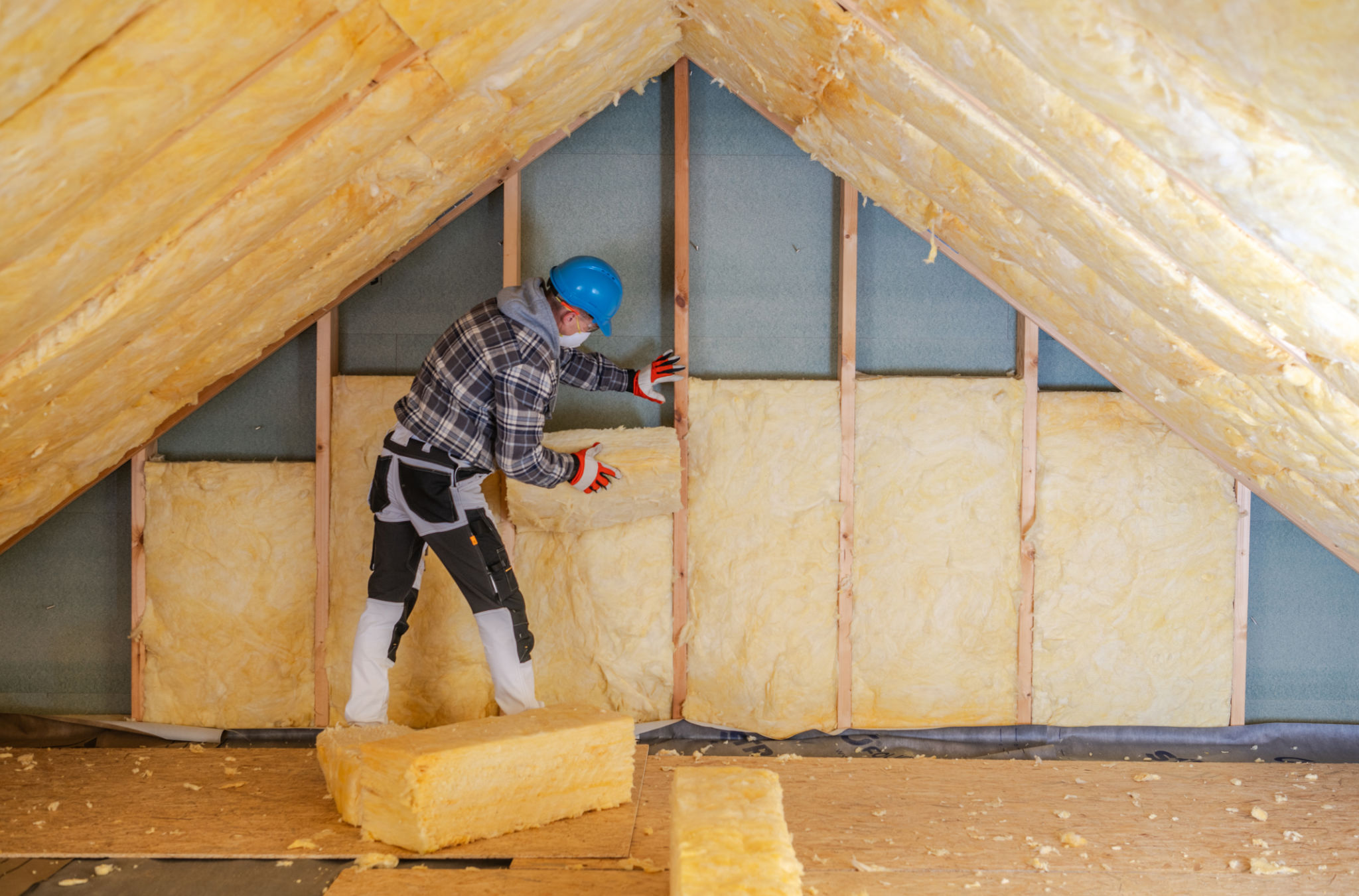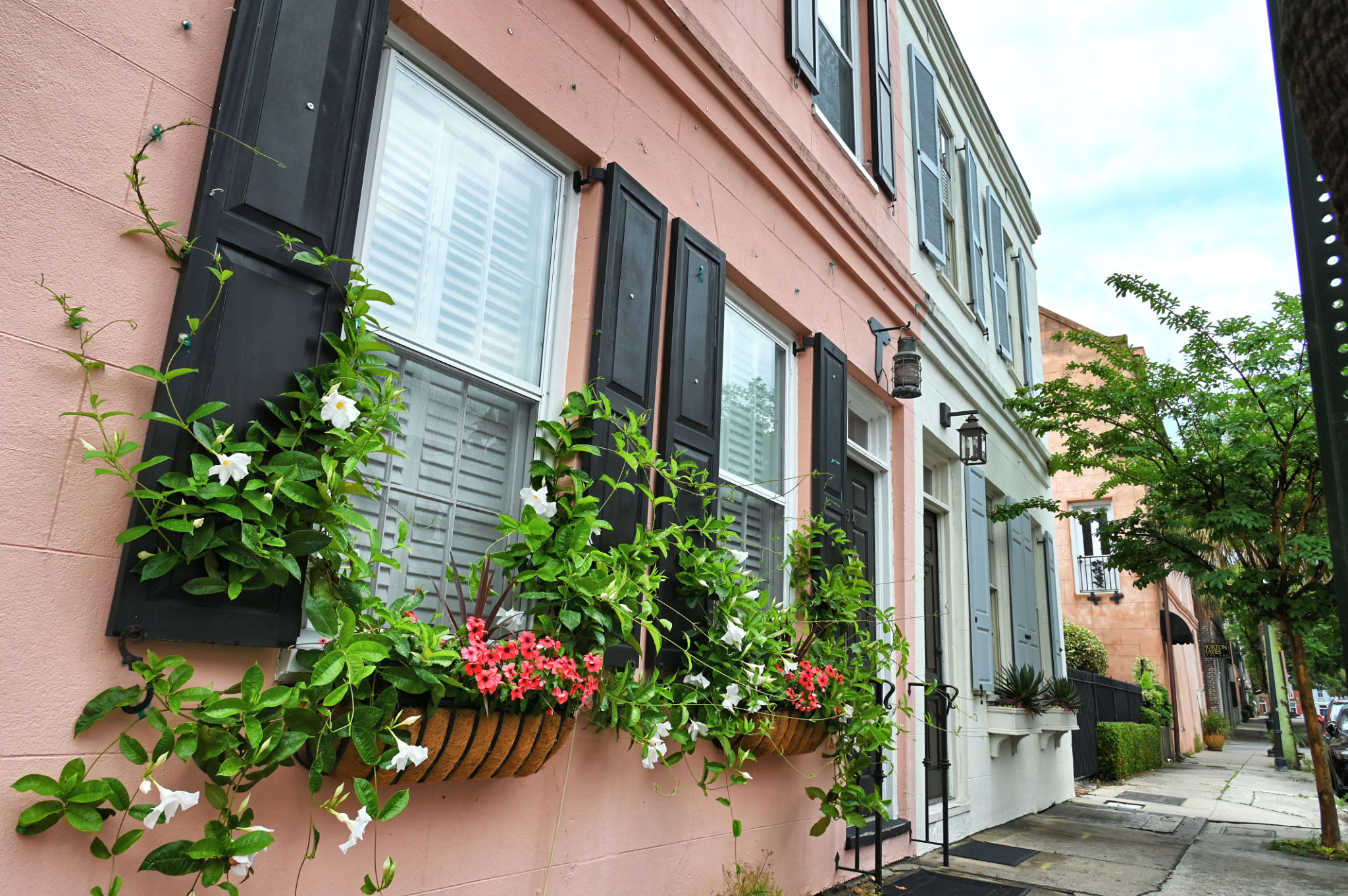How Airtightness Testing Can Reduce Energy Bills for Bethlehem Homes
Understanding Airtightness Testing
In the quest to reduce energy bills, Bethlehem homeowners are increasingly turning to airtightness testing. This method measures how much air can leak into or out of a property, impacting both heating and cooling efficiency. By identifying areas where air leakage occurs, homeowners can take targeted actions to improve their home's energy efficiency.
Airtightness testing is typically conducted using a blower door test. This involves fitting a powerful fan into the frame of an exterior door to pressurize or depressurize the building. The resulting change in pressure helps to locate leaks and drafts, providing valuable insight into a home's thermal envelope.

The Benefits of Airtight Homes
Homes that achieve high levels of airtightness hold several benefits beyond just energy savings. First and foremost, reducing air leakage minimizes heat loss during colder months, leading to lower heating costs. Conversely, in summer, airtight homes retain cool air more effectively, decreasing the need for air conditioning.
Moreover, airtight homes tend to have improved indoor air quality. By controlling the sources of incoming air, homeowners can reduce the infiltration of pollutants, allergens, and moisture, which can contribute to mold growth and other health issues.

Steps to Improve Airtightness
Once an airtightness test has been conducted, homeowners can take specific steps to enhance their home's performance. These steps often include sealing gaps around doors and windows with weatherstripping or caulk and insulating attics, walls, and floors. Addressing these common problem areas can significantly reduce unwanted air exchange.
Additionally, more extensive home improvements, such as installing new doors and windows or upgrading ventilation systems, may be considered for older properties. These changes ensure that air enters the home in a controlled manner, optimizing both comfort and energy efficiency.

Cost-Effectiveness of Airtightness Improvements
While there may be upfront costs associated with improving airtightness, the long-term savings on energy bills often justify the investment. According to energy experts, homeowners can save up to 15% annually on heating and cooling expenses by addressing air leaks alone. These savings can add up quickly, especially during extreme weather conditions.
Furthermore, some local governments and utility companies offer incentives and rebates for energy efficiency improvements. These programs can help offset initial costs and make it even more financially viable for homeowners to pursue airtightness upgrades.
Environmental Impact
Improving airtightness is not only beneficial for homeowners' wallets but also for the environment. By reducing energy consumption, households contribute to decreasing their carbon footprint. This reduction supports global efforts to mitigate climate change and preserve natural resources for future generations.
In Bethlehem, where historic homes abound, maintaining the charm of older properties while enhancing energy efficiency is particularly important. Airtightness testing provides a pathway to balance these priorities effectively.

Conclusion: Taking Action
For Bethlehem residents looking to decrease their energy bills and enhance home comfort, airtightness testing is a practical first step. By understanding where leaks occur and implementing targeted improvements, homeowners can achieve substantial savings and environmental benefits.
Whether you own a modern home or an older property, investing in airtightness improvements is a smart move that pays dividends over time. As energy prices continue to rise, taking proactive measures today can lead to significant savings tomorrow.